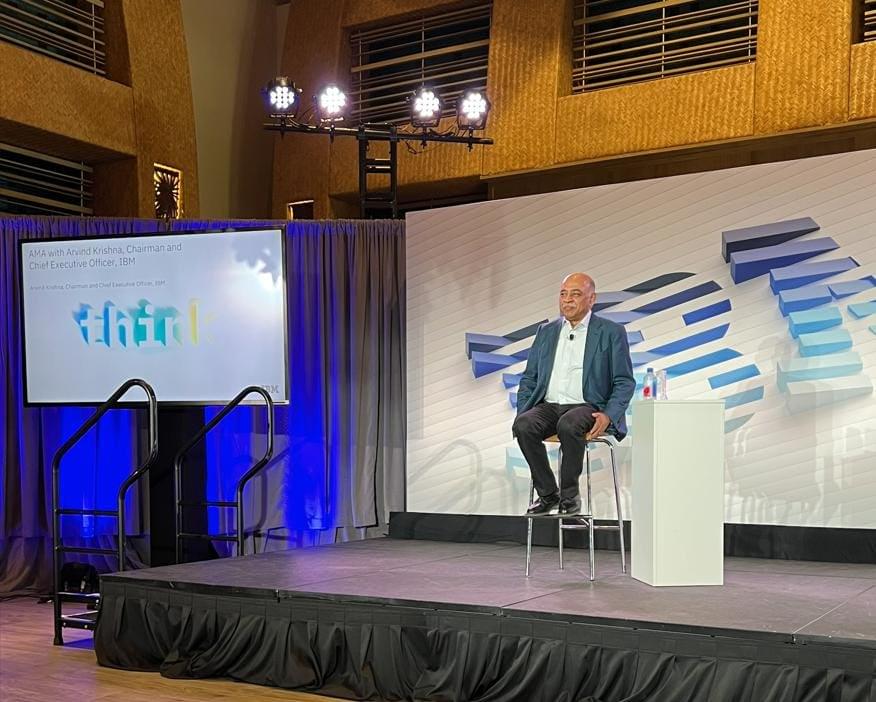Join top executives in San Francisco on July 11–12, to hear how leaders are integrating and optimizing AI investments for success. Learn More
AI technology is exploding, and industries are racing to adopt it as fast as possible. Before your enterprise dives headfirst into a confusing sea of opportunity, it’s important to explore how generative AI works, what red flags enterprises need to consider, and how to evolve into an AI-ready enterprise.
One of the most common and powerful techniques for generative AI is large language models (LLMs), such as GPT-4 or Google’s BARD. These are neural networks that are trained on vast amounts of text data from various sources such as books, websites, social media and news articles. They learn the patterns and probabilities of language by guessing the next word in a sequence of words. For example, given the input “The sky is,” the model might predict “blue,” “clear,” “cloudy” or “falling.”








